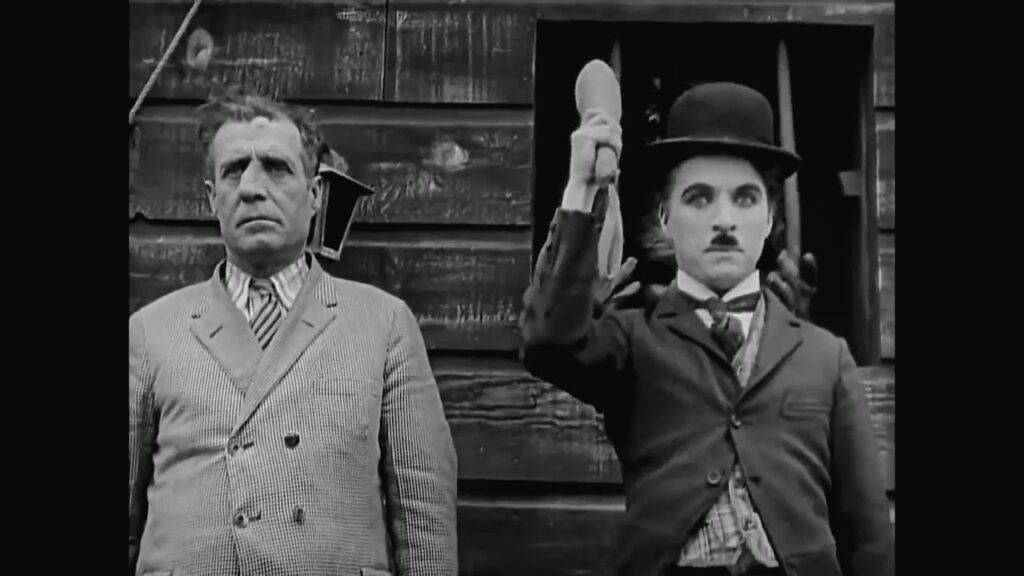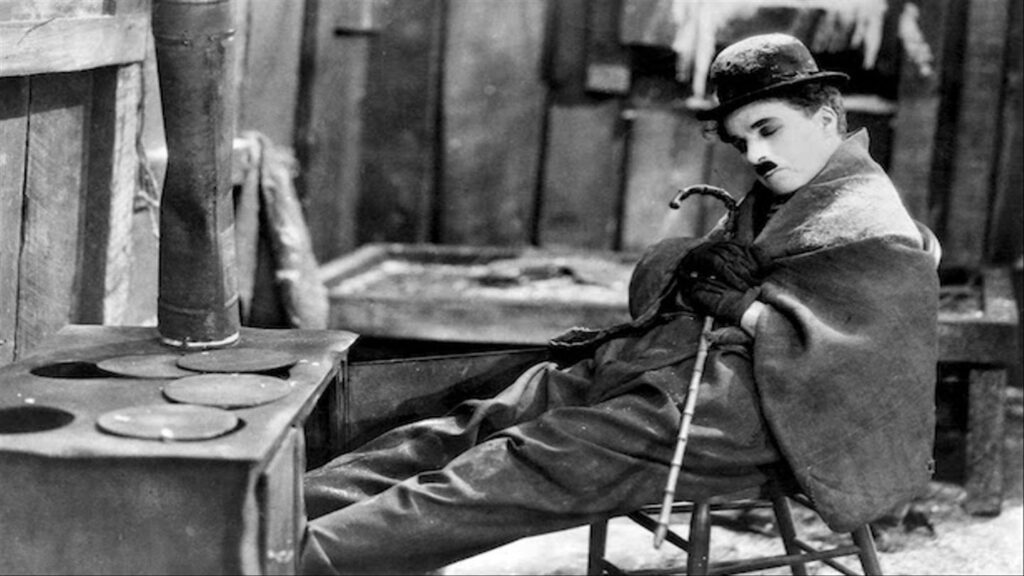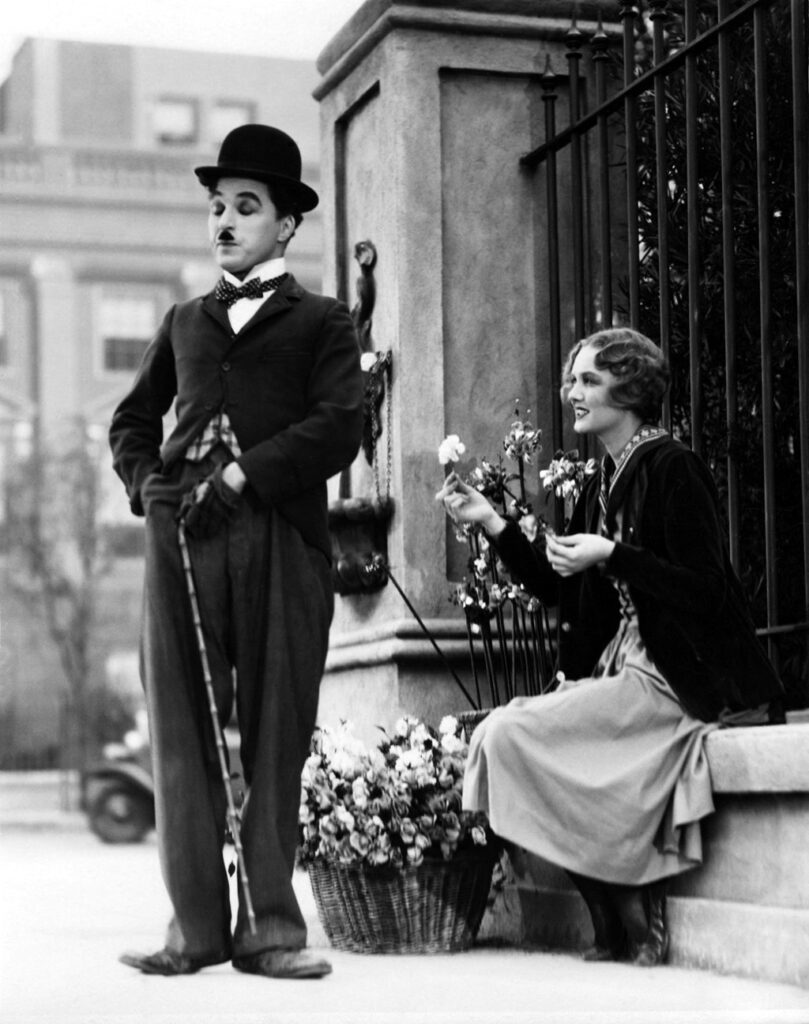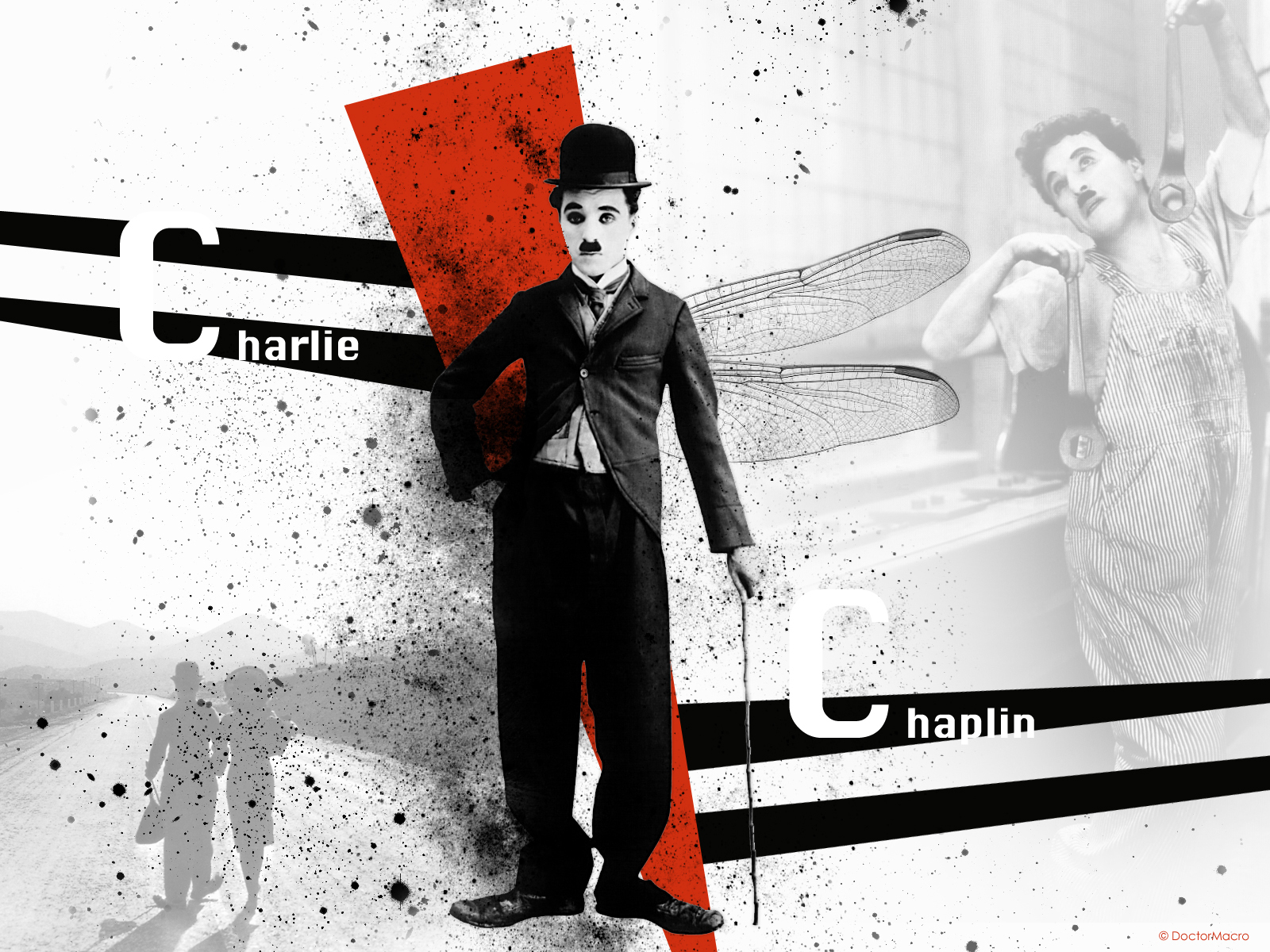Known as one of the greatest comedians to ever grace the earth, Charlie Chaplin was born Charlie Spencer Chaplin. A world-renowned personality, he is remembered for his extraordinary comic timings and his ability to emote without words. In the history of motion pictures, Charlie Chaplin stands out as one of the most prominent figures. Here, we will learn about his childhood, Charlie Chaplin date of birth, Charlie Chaplin death date, nationality, achievements and more.
Early Childhood.

Charlie Chaplin, byname of Sir Charles Spencer Chaplin, (born April 16, 1889, London, England—died December 25, 1977, Corsier-sur-Vevey, Switzerland), British comedian, producer, writer, director, and composer who is widely regarded as the greatest comic artist of the screen and one of the most important figures in motion-picture history. Chaplin was named after his father, a British music-hall entertainer. He spent his early childhood with his mother, the singer Hannah Hall, after she and his father separated, and he made his own stage debut at age five, filling in for his mother.

Using his mother’s show-business contacts, Charlie became a professional entertainer in 1897 when he joined the Eight Lancashire Lads, a clog-dancing act. His subsequent stage credits include a small role in William Gillette’s Sherlock Holmes (1899) and a stint with the vaudeville act Casey’s Court Circus. In 1908 he joined the Fred Karon pantomime troupe, quickly rising to star status as The Drunk in the ensemble sketch A Night in an English Music Hall.
While touring America with the Karon company in 1913, Chaplin was signed to appear in Mack Sennett’s Keystone comedy films. Though his first Keystone one-realer, Making a Living (1914), was not the failure that historians have claimed, Chaplin’s initial screen character, a mercenary dandy, did not show him to best advantage.

Ordered by Sennett to come up with a more-workable screen image, Chaplin improvised an outfit consisting of a too-small coat, too-large pants, floppy shoes, and a battered derby. As a finishing touch, he pasted on a postage-stamp mustache and adopted a cane as an all-purpose prop. It was in his second Keystone film, Kid Auto Races at Venice (1914), that Chaplin’s immortal screen alter ego, “the Little Tramp,” was born. In truth,
Chaplin did not always portray a tramp; in many of his films his character was employed as a waiter, store clerk, stagehand, fireman, and the like. His character might be better described as the quintessential misfit—shunned by polite society, unlucky in love, jack-of-all-trades but master of none. He was also a survivor, forever leaving past sorrows behind, jauntily shuffling off to new adventures.

His 35 Keystone comedies can be regarded as the Tramp’s gestation period, during which a caricature became a character. The films improved steadily once Chaplin became his own director. In 1915 he left Sennett to accept a $1,250-weekly contract at Essene Studios. It was there that he began to inject elements of pathos into his comedy, notably in such shorts as The Tramp (1915) and Burlesque on Carmen (1915). He moved on to an even more lucrative job ($670,000 per year) at the Mutual Company Film Corporation.

There, during an 18-month period, he made the 12 two-revelers that many regard as his finest films, among them such gems as One A.M. (1916), The Rink (1916), The Vagabond (1916), and Easy Street (1917). It was then, in 1917, that Chaplin found himself attacked for the first (though hardly the last) time by the press. He was criticized for not enlisting to fight in World War I. To aid the war effort, Chaplin raised funds for the troops via bond drives. In 1918 Chaplin jumped studios again, accepting a $1 million offer from the First National Film Corporation for eight shorts.
That same year he married 16-year-old film extra Mildred Harris—the first in a procession of child brides. For his new studio he made shorts such as Shoulder Arms (1918) and The Pilgrim (1923) and his first starring feature, The Kid (1921), which starred the irresistible Jackie Coogan as the kid befriended and aided by the Little Tramp. Some have suggested that the increased dramatic content of those films is symptomatic of Chaplin’s efforts to justify the praise lavished upon him by the critical. From 1923 through 1929 Chaplin made only three features: A Woman of Paris (1923), which he directed but did not star in (and his only drama);
The Gold Rush (1925), widely regarded as his masterpiece; and The Circus (1928), an underrated film that may rank as his funniest. All three were released by United Artists, the company cofounded in 1919 by Chaplin, husband-and-wife superstars Douglas Fairbanks and Mary Pickford, and director D.W. Griffith. Of the three films, The Gold Rush is one of the most-memorable films of the silent era. Chaplin placed the Little Tramp in the epic setting of the Yukon, amid bears, snowstorms, and a fearsome prospector (Mack Swain); his love interest was a beautiful dance-hall queen (Georgia Hale).
Independent Achievements.

Charlie Chaplin’s personal life was rather a tumultuous one. It was after his contract with the First National Film Corporation when Charlie Chaplin got married to Mildred Harris, a 16-year old who worked as a film extra. They, however, got divorced in the year 1921. Charlie Chaplin then again married Lillita MacMurray in 1924, 16-years old at the time, and later became known to the world as Lita Grey, the film star.
But this marriage was also short-lived as the couple got divorced, rather noisily, in the year 1927. Post this, in the year 1932, Charlie courted Paulette Goddard, who starred in a number of his productions but the couple separated in 1942. Charlie again re-married in 1943, the 18-year old Oona O’Neill. He was the father of 8 children from his last marriage with Oona O’Neill, along with one son from his marriage to Lita Grey.
Final Years.

Charlie Chaplin, in his final years, was conferred with several honours. In 1972 he accepted the Special Academy Award for the immeasurable effect that he projected in the making of motion pictures the art form of this century. His final public appearance was in 1975 when he was knighted. Charlie Chaplin passed away on 25th December 1977. In addition to being an author and a producer, Charlie Chaplin also honed a number of other skills, he was a musician, played a variety of instruments and authored at least four books. He was truly a remarkable personality whom the world remembers with great fondness.
Interested In Reading Articles On Top Cat Breeds in the world
